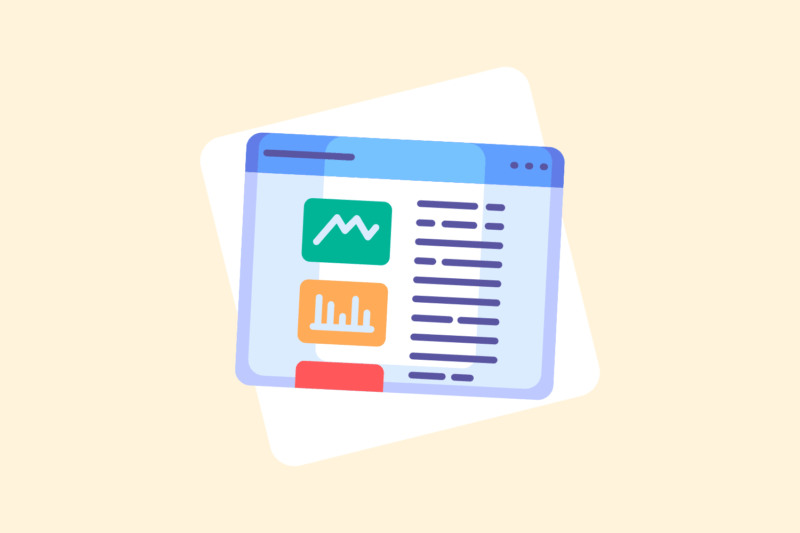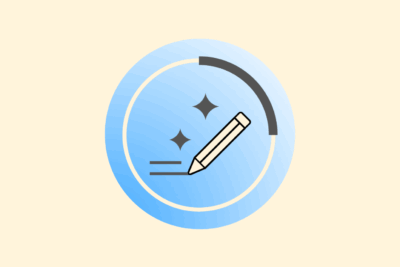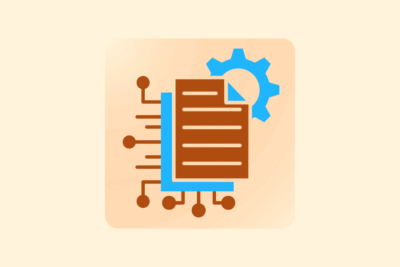SEO dashboarding with AI

Collecting SEO data is no longer the problem. Filtering what matters is. SEO dashboarding is essential to keep a grip on performance, opportunities and risks. With the deployment of AI, dashboarding shifts from static reporting to active decision-making. In this article, I explain how to use AI to make SEO dashboards smarter, more efficient and strategically relevant.
What do we mean by SEO dashboarding?
SEO dashboarding is the visual structuring of data from various sources (such as Google Search Console, Analytics, crawl tools and rank trackers) into one usable overview. The goal is not to show all data, but to provide immediate insight into:
- Current performance (traffic, rankings, visibility)
- The underlying causes (technology, content, authority)
- The impact of recent optimizations
A good dashboard drives action, not information overload. That’s exactly where AI can make a difference. (1)
What AI adds to SEO dashboarding
AI enhances dashboards not only in terms of presentation, but especially in terms of interpretation and signaling. For example, it automatically recognizes trends and anomalies that would otherwise remain under the radar, such as a falling CTR or a sudden indexing problem.
Based on historical patterns, models predict where to expect future growth or decline. AI converts raw data into understandable, textual summaries and shows you what is happening and why it is relevant. This turns the dashboard from a retrospective into an up-to-date decision-making tool. (2)
Getting started with SEO? Feel free to get in touch.

Important points of interest in implementation
AI only adds value to your content if it is consistent with the way you work with data. The quality of your data sources is crucial here: AI delivers strong analysis only if the input is complete, accurate and structured.
In addition, properly align your prompts with the decision level for which the dashboard is intended; operational dashboards require different insights than strategic ones.
Finally, it is important to keep interpretations manageable: AI can provide signals, but you remain responsible for judgment and decision-making. Use AI to complement your SEO expertise, not replace judgment.
Workflow: AI and dashboarding in practice
A typical workflow in which AI adds value to SEO dashboarding looks like this:
- Data from tools is collected in a central system (such as Looker Studio, BigQuery or a BI platform)
- AI models analyze this data for patterns, anomalies or trends
- Relevant signals are automatically summarized, visualized or translated into recommendations
This creates a continuous feedback loop in which insights are available more quickly and actions can be taken more quickly.
Real-time insights into content performance
An international media company wanted to gain visibility into which content formats were generating SEO traffic in different countries. Using AI-optimized dashboards (linked to GA4, GSC and Ahrefs), we built dynamic visualizations. The team saw at a glance where new SEO content needed to be expanded or rewritten. These insights made the editorial team 3× faster in content decisions. (3)
Summary
SEO dashboarding with AI is more than visual reporting. It is a strategic tool to move from data to direction. By cleverly deploying AI as signifier, analyst and summarizer, you build dashboards that not only inform, but drive action. And that’s where true SEO direction begins: not with measurement, but with understanding what it means.
| # | Source | Publication | Retrieved | Source last verified | Source URL |
|---|---|---|---|---|---|
| 1 | Build an SEO Dashboard — A Guide to Adobe Analytics for SEO (Moz) | 13/08/2025 | 13/08/2025 | 04/11/2025 | https://moz.com/adobe-an.. |
| 2 | 10 Ways to Use AI for SEO to Streamline Your Work (Semrush Blog) | 04/07/2025 | 04/07/2025 | 13/11/2025 | https://www.semrush.com/.. |
| 3 | How AI is powering real-time SEO research: Insights and optimization (Search Engine Watch) | 24/02/2020 | 24/02/2020 | 15/11/2025 | https://www.searchengine.. |
- (13/08/2025). Build an SEO Dashboard — A Guide to Adobe Analytics for SEO. Moz. Retrieved 13/08/2025, from https://moz.com/adobe-analytics-guide-for-seo/building-your-dashboard
- Meis, C., & Skopec, C. (04/07/2025). 10 Ways to Use AI for SEO to Streamline Your Work. Semrush Blog. Retrieved 04/07/2025, from https://www.semrush.com/blog/ai-seo/
- Yu, J. (24/02/2020). How AI is powering real-time SEO research: Insights and optimization. Search Engine Watch. Retrieved 24/02/2020, from https://www.searchenginewatch.com/2019/05/06/how-ai-is-powering-real-time-seo-research-insights-and-optimization/






